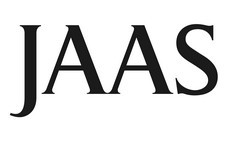Place of the Conference
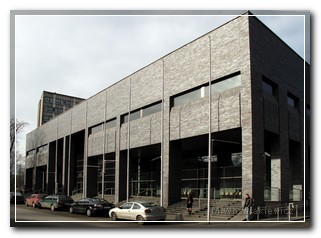
The Conference will take place in the Auditorium maximum of Jagiellonian University. All oral and poster presentations, and sponsors exhibitions, as well as the Welcome reception and lunches will be organized there. Attendants are welcome to stay at hotels listed in Accomodation.
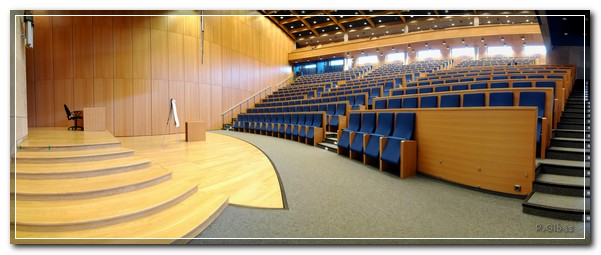
We kindly inform that due to security reason, admission to Auditorium Maximum is allowed only upon presenting the conference ID badge.
Kraków
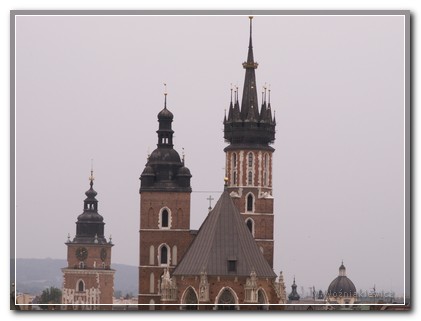
Krakow (in full Royal Capital City of Krakow) is the one of the oldest and largest cities in Poland. It is on the Vistula River. For centuries Krakow was the capital of Poland, the seat of kings, attractive for great scientists and artists from all around the world.
For many people, thanks to its rich history, Krakow nevertheless represents a synthesis of all things Polish, connecting tradition with modernity. In the special atmosphere of the beautiful and mysterious streets of the Old Town and Kazimierz district you will find everything you need to allow you to escape from everyday life. Galleries full of exhibitions, cafes, pubs and restaurants: all of this is an integral part of any visit to Krakow. And all this is merely a modest part of what we can offer travelers seeking exciting destinations on the world map.
Each place here has its own history, and numerous interesting legends and tales related to them still survive in the inhabitants' memories. The renaissance Royal Castle at Wawel, the gothic St Mary's Basilica, the historical trade pavilions of the Cloth Hall, the former separate Jewish city of Kazimierz, and even the Nowa Huta district, absorbed by Krakow together with its socialist-realist, industrial architecture, are all places which make a visit to Krakow extremely worthwhile.
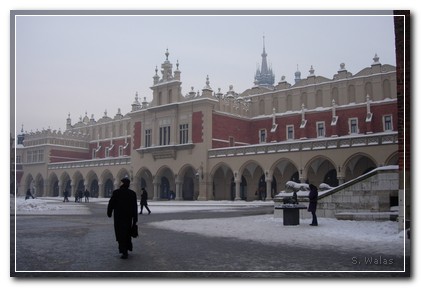
The Krakow Market Square, set out in 1257 during the granting of the Magdeburg rights to the city, is still one of the largest in Europe (about 200 x 200 metres). It used to be a place of trade, divided into zones, with many small shops called ‘kram’, the official municipal scales, food storage warehouses the fish market, coal depot, even a chicken market. As early as in the 12th century, a network of mostly perpendicular streets was set out around the Market Square, with the earlier buildings incorporated into them in places (among others, Grodzka Street). In the centre of the Market Square, a medieval trading hall, the Cloth Hall (Sukiennice), was erected, as well as the Town Hall, of which only the tower has survived until our times. The Cloth Hall (Sukiennice) is one of the most important buildings in the city. It has been reconstructed many times and does not resemble the original plan of the building. It used to be a street crossing the market from north to south with shops on both sides. The street was then roofed.
In the Market Square at the end of Floriańska Street there is one of the most important churches in Krakow - the twin-spired St Mary's Church with its famous medieval altar by Wit Stwosz (the largest wooden Gothic altar in Europe) and where, every hour the brave trumpeter of Krakow still calls out his warning – called the Hejnał. Today it is heard at midday across Poland and around the world (the magic of national radio broadcasting). The horn stops suddenly in mid call in remembrance of the guard struck by an arrow when warning the people of Krakow of the approaching enemy.
The splendour of the bygone times is evidenced by the Krakow tenement houses, preserved until this very day. The richly decorated elevations can be admired around the Market Square - as well as in Floriańska, Grodzka, Bracka, Kanoniczna and other historical streets. An interior of a 19th century bourgeois tenement house can be viewed in the Hipolitów Tenement House (Plac Mariacki 3, a division of the Historical Museum of the City of Krakow).
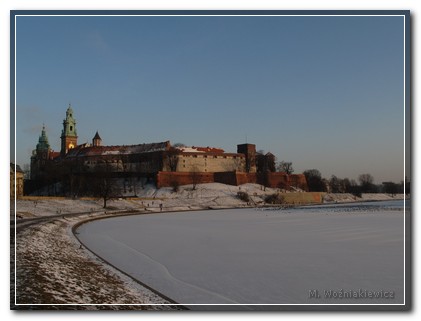
Wawel Hill, crowned by Wawel Castle and Wawel Cathedral and the seat of royal power up until the 17th century. The Castle was home to many Polish kings and queens and the royal crypts in the Cathedral their final resting place, along with several other Polish heroes. The first settlement, the Wi¶lan, on the Wawel hill dates back to the VIII c. In X c., several bishops of the early Christian church resided here and a Pre-Roman church, The Church of Our Lady Mary, was constructed. At the beginning of the XI c., a Roman-Gothic castle and cathedral were built. Reconstruction of the buildings was carried out under king Alexander Jagiellończyk at the beginning of the XVI, with a number of chapels being added to the cathedral. In the crypt of the cathedral are the royal tombs from this bygone era. The castle was reconstructed again during the reign of King Sigmund Stary, 1517-1533 and the Renaissance arches and arcades were created in the courtyard. The state rooms around the courtyard and the arcades have come down to our present time almost untouched. Once the coronation spots for kings and queens, it's the city's number one tourist destination. By 1611 the Wawel was no longer considered the official residence of Polish Kings and Krakow lost its rights to being called the capital city of Poland. Beneath the castle there is a dragon's den, a cave that keeps the kids on tenderhooks with tales of vaporised maidens, and a fire-breathing replica greets you at the exit on the banks of the Wisla, or Vistula River.
Jagiellonian University
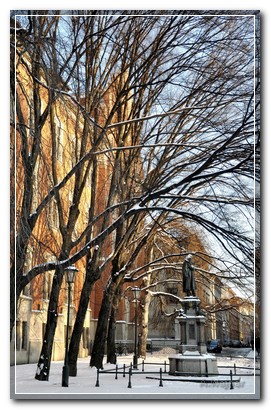
Founded in 1364, the Jagiellonian University is the oldest university in Poland and one of the oldest universities in Europe. For years it has been named one of the best Polish higher schools. It is home to 15 departments with over 44 thousand students and 480 professors. The Jagiellonian University guarantees a harmonious co-existence of education, culture, art, tradition and modernity.
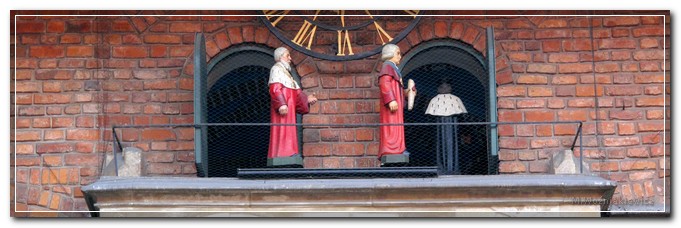
Last update:







